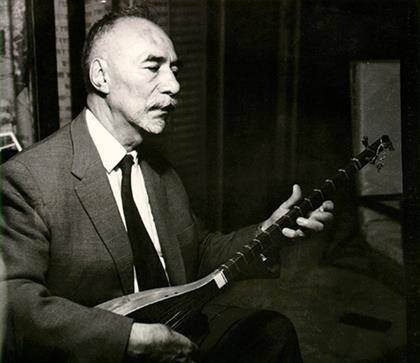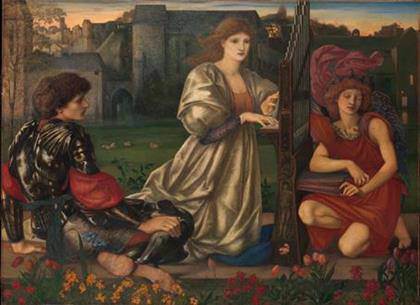
The Sacred Lute: The Art of Ostad Elahi
August 5, 2014 – January 11, 2015
‘The Sacred Lute: The Art of Ostad Elahi’ in New York ‘The Sacred Lute: The Art of Ostad Elahi’ documents the interdependent, mutually transformative relationship between player and instrument through a presentation of nearly forty instruments and works of art. Metropolitan Museum, August 5, 2014–January 11, 2015.]]>
Source: Metropolitan Museum of Art
Ostad Elahi (1895–1974) was a renowned Persian musician, thinker, and jurist whose transformative work in the art of tanbūr —an ancient, long-necked lute— paralleled his innovative approach to the quest for truth and self-knowledge. The exhibition includes rare tanbūrs that belonged to Ostad Elahi and his father, who was also a great tanbūr player; a number of Elahi’s personal possessions, such as his judicial robes and a selection of manuscripts; as well as symbolic items that provide greater insights into his disciplined approach to life.
Small-bodied, long-necked plucked stringed instruments have been used in central and western Asia since the third millennium B.C. They appeared first in ancient Mesopotamia, and in their long history have been used for both secular and sacred music in regions ranging from Egypt and Greece to central and western Asia and India. The tanbūr became a sacred, venerated instrument used by dervishes in the mystical order Ahl-e Haqq (“fervents of truth”), founded in the late 14th century. The members of the order are primarily from western Iran and Iraq and use the instrument for contemplation, meditation, and ecstatic dance.
Nour Ali Elahi, later known as Ostad (master) Elahi, was raised in western Iran and learned tanbūr from his father, Hadj Nematollah, a charismatic mystic and poet who attracted tanbūr players from as far as Turkey and India. As a young child, because his hands were so small, Ostad played a tanbūr built from a wooden ladle, eventually graduating to the larger instrument. Under his father’s tutelage and influenced by the players who came to hear his father’s teaching, Ostad rapidly absorbed multiple musical styles and playing techniques, becoming a consummate master of the tanbūr by the age of nine.
Related content
The Flowering of Edo Period Painting – Metropolitan Museum (exhibition, 2014)
Follow us on:


